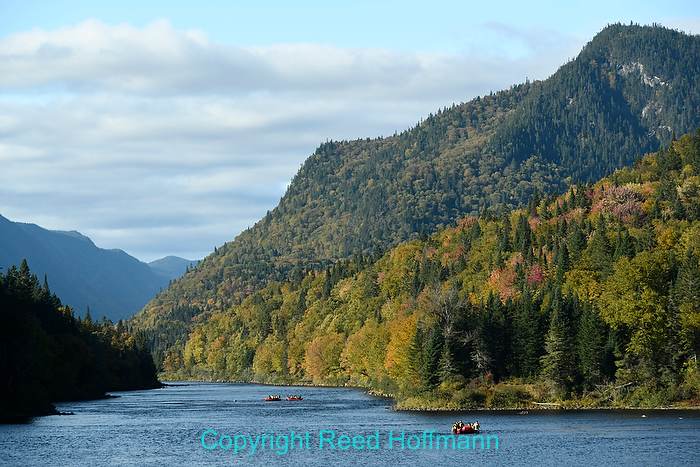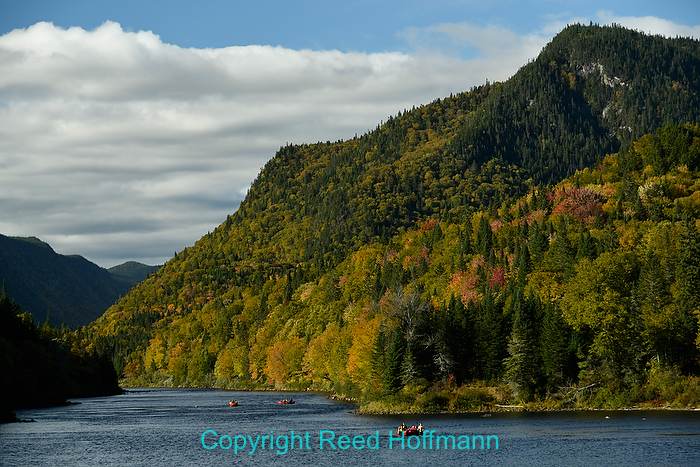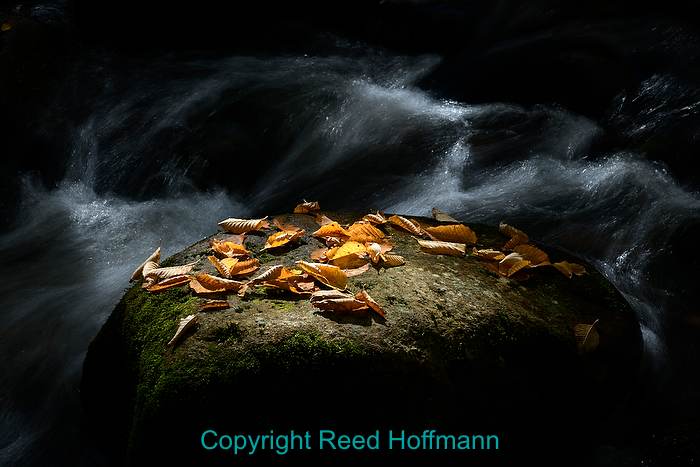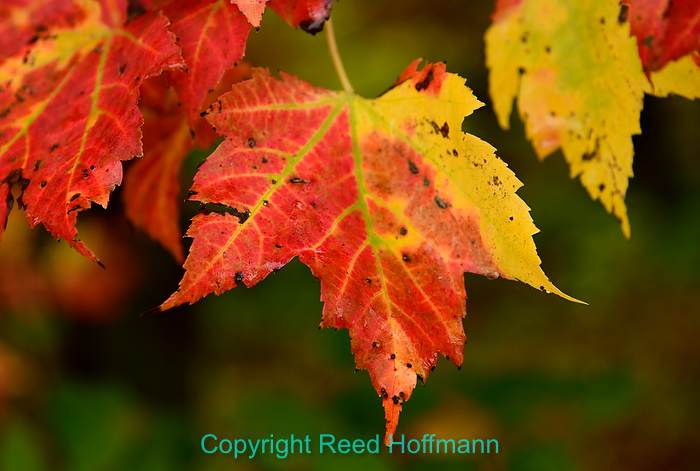There are few things more beautiful in the fall than the changing color. So if you live in a part of the world where that happens, now’s the time to start planning where and how to make those pictures. I was leading a workshop up in Quebec last week, so got a head start. My secret weapon? A polarizing filter.
Most people think the primary use of a polarizing filter is to make a blue sky darker and richer. And it certainly can do that, providing the sun is out and you’re shooting in a direction that’s about 90-degrees from the sun. But that’s just a side effect of what a polarizing filter is designed to do, which is cutting down on reflections and glare (and also helping to reduce haze).
If you’re a fisherman, you already know how handy polarized sunglasses can be. In the right conditions, they let you see right through the surface of the water. That’s because they, too, are designed to reduce reflections and glare. The secret is the angle. The closer you are to 30-degrees from the surface, the more reflection you can remove. And once you understand that about a polarizing filter, it becomes an even more powerful tool in your camera bag.
But how does that relate to fall color? Remember that most foliage has a waxy coating, which can reflect light. Each leaf by itself is small, but take a few million of those leaves and that’s a lot of reflected light. Using a polarizing filter can cut through those reflections, meaning more color. And if you get a bluer sky at the same time, consider that a bonus. If it’s been raining, that filter won’t help the sky, but it will make an even bigger difference in reducing that additional glare.
Bottom line? If you’re going out to shoot fall colors this fall, remember to take along and use that polarizing filter. You’ll be really glad you did.

Notice how dull the colors are on the hillsides in Parc Nacional de la Jaques-Cartier, Quebec? That’s because the sunlight reflecting off those leaves is hiding some of it. Nikon D850, ISO 125, 1/200 at f/5.6, -1.7 EV, Nikkor VR Zoom 24-120mm f/4G IF-ED lens at 120mm.

Now look at the same scene, a moment later, using a polarizing filter. Suddenly there’s much more color, and that blue sky is richer as well. Notice also that my exposure has dropped. Nikon D850, ISO 125, 1/200 at f/5.6, -1.7 EV, Nikkor VR Zoom 24-120mm f/4G IF-ED lens at 120mm.

In this case, the reflected light isn’t only hiding some of the color of the leaves, but changing the look of the rock’s surface as well. Nikon D850, ISO 64, 1/13 at f/16, -1.7 EV, Nikkor VR Zoom 24-120mm f/4G IF-ED lens at 105mm.

Again, the polarizing filter makes a huge difference, bringing out more color in the leaves as well as the rock. I use a polarizing filter regularly when photographing streams to cut down on the reflections off of wet rocks, which you can see on the left side of this rock too. Nikon D850, ISO 64, 1/3 at f/16, -1.7 EV, Nikkor VR Zoom 24-120mm f/4G IF-ED lens at 105mm.
(If you like this story, please share it with your friends and let them know about the links on photography I post on my business Facebook page. I’m also on Instagram and Twitter, @reedhoffmann)

